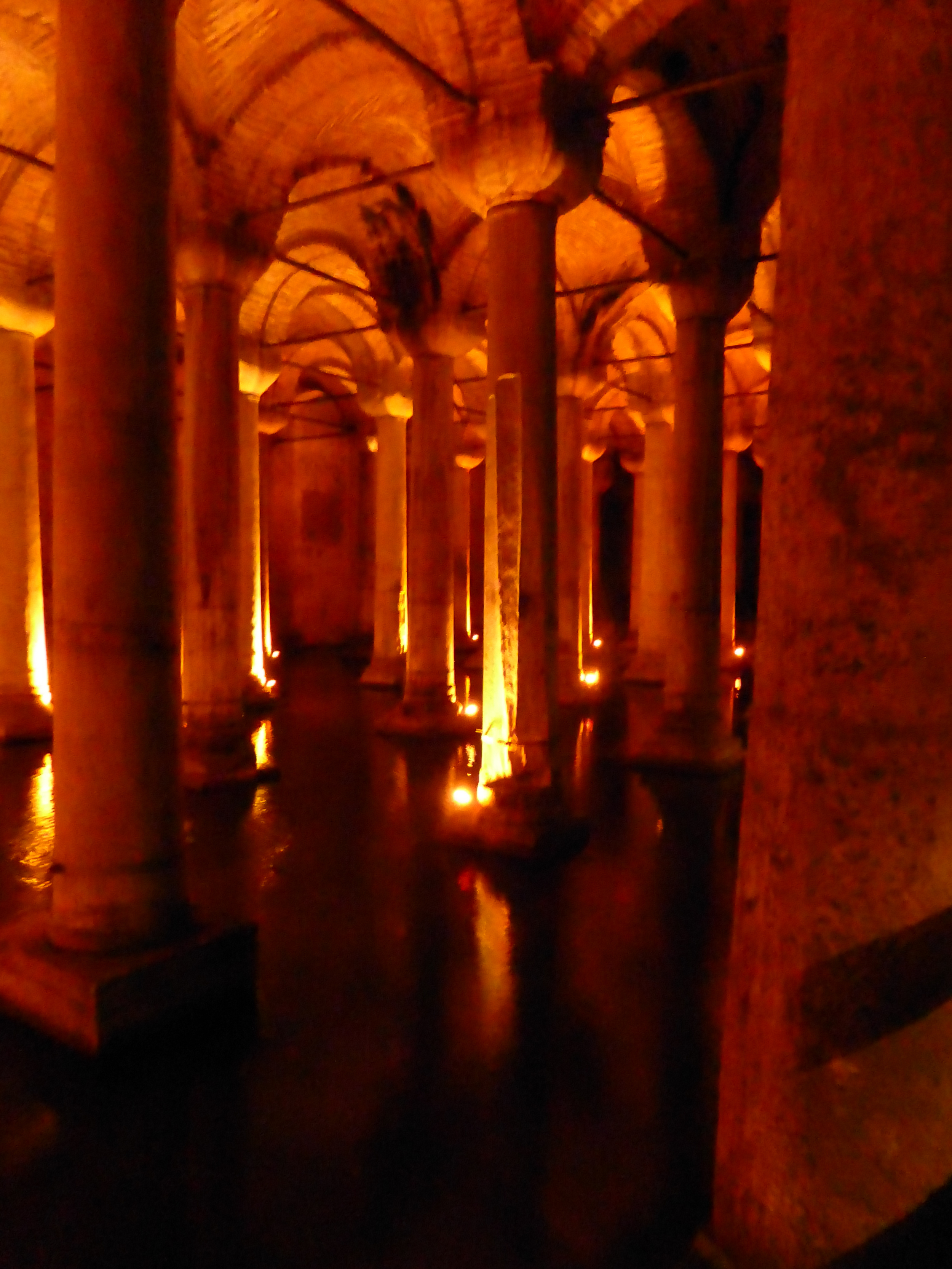Istanbul (/ˌɪstænˈbʊl/;[8][9] Turkish: İstanbul [isˈtanbuɫ] ( listen)) is the largest city in Turkey, and the country's economic, cultural, and historical center. Istanbul is a transcontinental city in Eurasia, straddling theBosphorus strait between the Sea of Marmara and the Black Sea. Its commercial and historical center lies on the European side and about a third of its population lives on the Asian side.[10] Istanbul Metropolitan Municipality's area of 5,343 square kilometers (2,063 sq mi) is coterminous with Istanbul Province, and host a population of around 14 million residents.[4] Istanbul is one of the world's most populous cities, and ranks as world's 5th-largest city proper and the largest European city.
The area was settled by Thracians in the late 6th millennium BC,[11] and a settlement under the name of Lygos existed on the site of today's Saray Burnu since between the 13th and 11th centuries BC.[12] The city proper was founded under the name of Byzantium (Βυζάντιον Byzántion) by Greek settlers in 657 BC. Following its renaming to Constantinople (Greek: Κωνσταντινούπολις Konstantinoúpolis; Latin: Constantinopolis, Ottoman Turkish: قسطنطینية, Kostantiniyye) in 330 AD, the city served as an imperial capital for the Roman/Byzantine (476–1204 and 1261–1453), the Latin (1204–1261), and the Ottoman (1453–1922) empires.[13] During this period it became the largest city in the world. It was instrumental in the advancement of Christianity during Roman and Byzantine times, before the Ottomans conquered the city in 1453 and transformed it into an Islamicstronghold and the seat of the Ottoman Caliphate.[14]
Istanbul's strategic position on the historic Silk Road,[15] rail networks to Europe and the Middle East, and the only sea route between the Black Sea and the Mediterranean have produced a cosmopolitan populace, although less so since the establishment of the Turkish Republic in 1923. Overlooked for the new capital during the interwar period, the city has since regained much of its prominence. The population of the city has increased tenfold since the 1950s, as migrants from across Anatolia have moved in and city limits have expanded to accommodate them.[16][17] Arts festivals were established at the end of the 20th century, and infrastructure improvements have produced a complex transportation network.





























